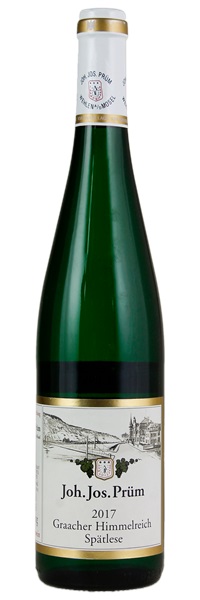Estimate

So much gun flint and nutmeg on the nose here, and a garden’s worth of white flowers and herbs. Meanwhile, the palate boasts a serious set of phenolics and impressive depth, married to detailed acidity and introvert limes...
...deep, clear and flinty on the fascinating, elegant and complex nose. It is lush, precise, piquant and refined on the palate, with more transparency, freshness and crunchy slate minerality...highly stimulating and salty, with concentrated grapefruit aromas. This wine is really enchanting.
Pristine aromas of lemon and lime...lip-smackingly sweet, marked by concentrated honeysuckle and hibiscus flavors. Electric grapefruit acidity leads a long pure finish.
Very expressive and open, offering a rich yet zingy framework. This features apricot, lime and candied orange flavors, with a minerally texture and vivid structure. Shows intensity and depth...very graceful. Harmonious from start to long-lasting finish.
An effusive nose of pineapple, pink grapefruit and cassis wreathed in honeysuckle prepares one for the tang, brightness and inner-mouth perfume delivered on a glossy, subtly creamy, buoyant palate. The stimulatingly sustained finish is at once luscious, bright and transparent to stony underpinnings.
Light, sponti nose with great finesse of pure fruit... Lovely and pure and distinctive...